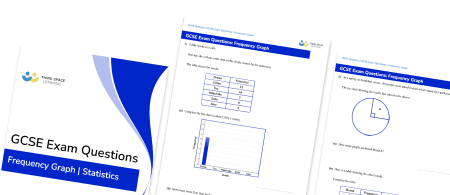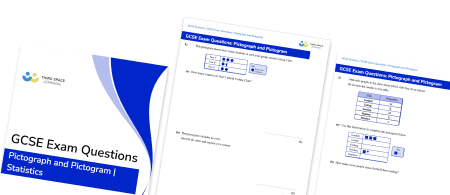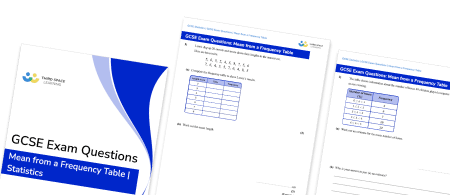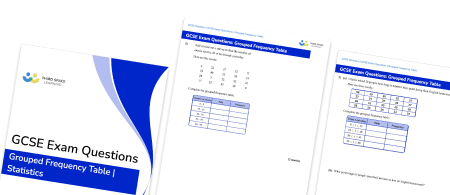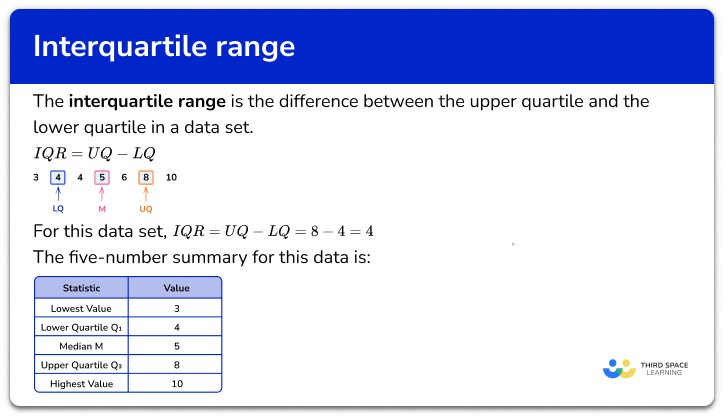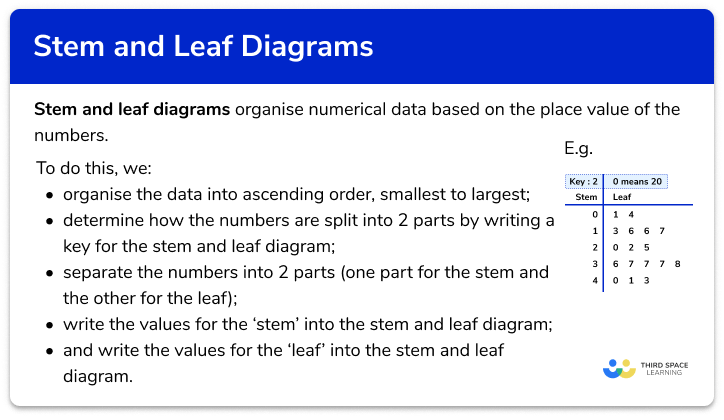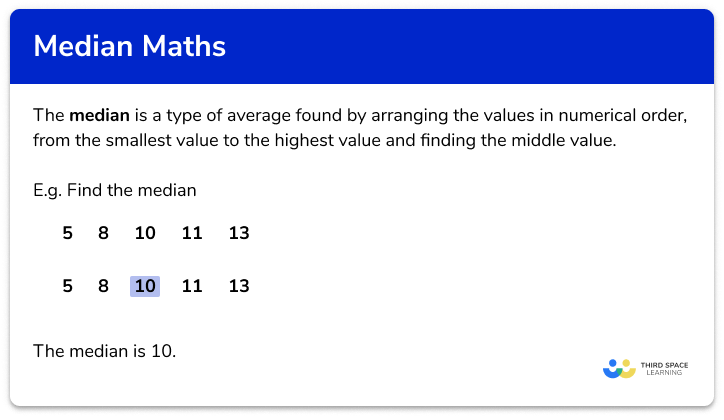FREE DOWNLOAD
Averages From Frequency Table Worksheet

Help your students prepare for their Maths GCSE with this free averages from frequency table worksheet of 24 questions and answers
- Section 1 of the averages from frequency table worksheet contains 18 skills-based averages from frequency table questions, in 3 groups to support differentiation
- Section 2 contains 3 applied averages from frequency table questions with a mix of worded problems and deeper problem solving questions
- Section 3 contains 3 foundation and higher level GCSE exam style questions on averages from a frequency table
- Answers and a mark scheme for all averages from frequency table questions are provided
- Questions follow variation theory with plenty of opportunities for students to work independently at their own level
- All questions created by fully qualified expert secondary maths teachers
- Suitable for GCSE maths revision for AQA, OCR and Edexcel exam boards
Averages from frequency table at a glance
Given a table of data, we can find the mean, median, mode and range of the data set. For example, this table shows the number of goals scored in 21 football matches:
Number of Goals Frequency
0 5
1 4
2 7
3 4
- The mode is the most common number of goals scored. The number of goals with the highest frequency is 2 and so the mode = 2.
- The median is the middle value. In this case it is the 11th value, which would be 2.
- To find the mean number of goals, we multiply the number of goals by their frequency, add these totals (30) and divide by the total number of games (21). The mean is therefore 1.4.
- The range is the difference between the highest and lowest number of goals. 3 subtract 0 is equal to 3.
We can also find averages from a grouped frequency table, where data is arranged into groups. The class intervals for grouped data are often denoted using inequalities. For example, the classes of data about the shoe size, s, of a number of people could be 1≤s<4, 4≤s<7, and 7≤s<10.
For grouped data:
- The modal class is the class with the highest frequency.
- The class which contains the median which is the class in which the middle value lies.
- To find the estimated mean, we multiply the midpoint of each class by its frequency, add these together and divide by the total number of items included in the table.
You may be asked to find missing numbers in a frequency table using averages.
Looking forward, students can then progress to additional Statistics worksheets, for example a mean, median, mode and range worksheet or pie chart worksheet.

For more teaching and learning support on Statistics our GCSE maths lessons provide step by step support for all GCSE maths concepts.
Do you have students who need additional support?

With Third Space Learning's secondary maths tutoring programmes, students in Year 7-11 receive regular one to one maths tutoring to address gaps, build confidence and boost progress.
"My confidence in the tutoring is high. We've had some phenomenal results. I even had one girl get a Grade 8 this year; she came to every tutoring session."
Stacey Atkins, Maths Director, Outwood Grange Academies Trust

